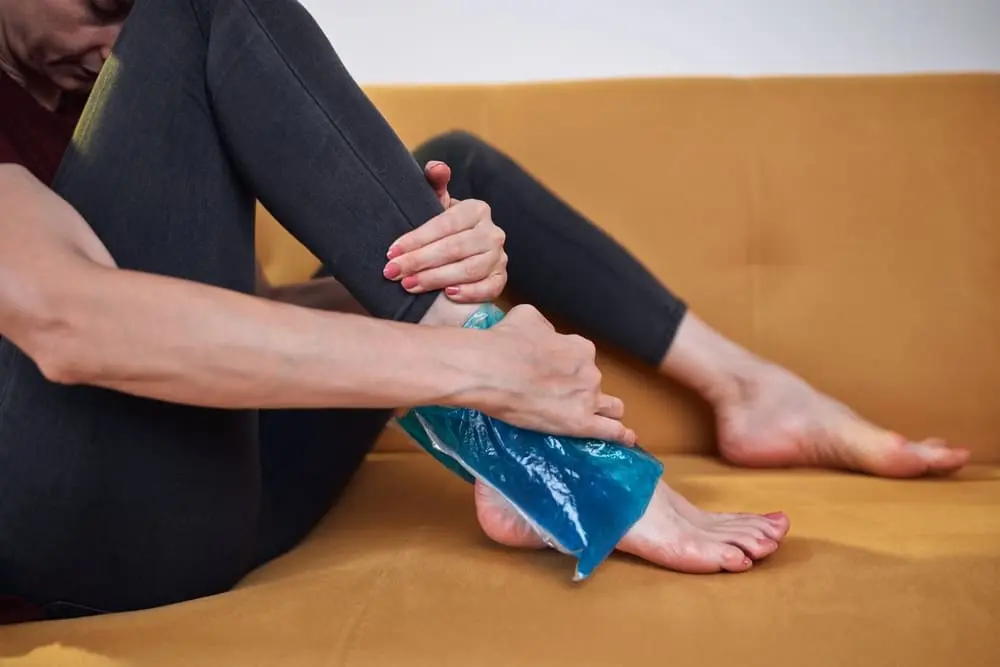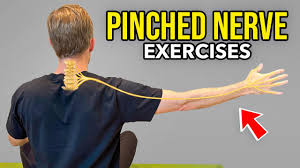How Long Does It Take for Swelling to Go Down?
Introduction
Whether you’re a professional athlete or an elderly person attempting to unwind, accidents might still happen. After they do, swelling is nearly always inevitable. The swelling usually goes away in a few days, but what happens if it doesn’t? How long after an injury should swelling last before you start to worry or call your doctor?
Swelling typically gets worse within the first two to four days following an injury. After that, it may linger for up to three months while the body tries to recover itself. Your physical therapist or doctor may need to examine the area more closely if the swelling persists beyond this point to identify the reason for the delayed healing.
What causes swelling after an injury?
While swelling in the body usually causes alarm, it’s crucial to keep in mind that this is a normal aspect of the healing process. The body seeks reinforcements when swelling happens to expedite healing. The body couldn’t decide which parts and how much of them needed to be repaired if there was no swelling.
Nevertheless, swelling has the potential to worsen, persist indefinitely, or cause further issues. Your physical therapist can assist you in identifying which symptoms, and to what extent, are typical aspects of the process and when you should seek medical attention.
When should someone seek medical attention?
While not every injury necessitates medical care, athletes and the elderly may need it more than others. Injuries must be treated right away for athletes to get back to training as soon as feasible. Seniors may need urgent care since aging renders the body less resilient.
Regardless of age or hobbies, an infection may be indicated if the wounded region becomes red, warm to the touch, or painful. It might potentially indicate deep vein thrombosis. Thus, if you have any of these symptoms, you must get in touch with your primary care physician or physical therapist for your own health.
What can patients do to reduce swelling?
After an injury, most individuals go straight to the ice to relieve pain and reduce swelling, but is this effective? Yes, replies Ethan Anderson.
Here are some more suggestions to lessen swelling:
- As mentioned by Casley-Smith in 1997, moving the joints above and below the injury site can aid in improving lymphatic drainage.
- Wear short stretch compression clothing to lessen swelling and tissue edema.
- After the first several days, use heat to increase the lymphatic system’s swelling and mobility.
- Aim to keep your weight and pressure off of the injured area.
How can a physical therapist help reduce swelling?
It’s unlikely that you will want to manage an injury by waiting six months for the swelling to go down. Working with a physical therapist, however, may speed up your body’s healing process and lower the possibility of difficulties during your recovery.
Manual lymphatic drainage is one of the professional manual treatment techniques that a physical therapist can conduct. These methods can reduce the duration needed to treat tissue fibrosis and post-surgical edema from nine to eighteen months, as demonstrated by a 1999 study by Casas and DePoli.
How long should swelling last after an injury?
This question needs an easy answer. While some injuries only swell for a few days, others continue to swell for weeks or even months. Your injury’s severity and the actions you take to treat it will determine how long it takes to heal.
Swelling time might also be affected by other factors. For example, your body might not be able to remove the waste that is created during the inflammatory process if there is an obstruction in your lymphatic system. Your post-injury swelling might therefore persist longer than it otherwise would.
Why does swelling occur after an injury, anyway?
Your body is attempting to fight off possible infections when you experience swelling. Your body sends a lot of blood to the injured area to make sure it has enough white blood cells to fight infection and nutrients to aid in the healing of the damaged tissue.
This process simultaneously creates waste byproducts, which your body starts to filter out right away. Inflammation and swelling result from all of this excess fluid (blood and waste). Your wounded body part may also feel heated, painful, or tender to the touch as a result of this process.
How can you reduce swelling more quickly?
After an injury, there are a few things you may do to shorten the duration of your swelling. Here are a few examples:
Rest
Using an injured body can aggravate soft tissues or bones, leading to more swelling and inflammation. In addition, physical activity might cause an excessive amount of blood to rush to the injured area of your body, so it’s usually a good idea to rest your limbs while they heal.
Ice
One popular way to reduce swelling is with ice. By narrowing the blood arteries, applying ice to an injured location reduces blood flow. This lessens swelling and may stop nutrients from getting to the injury.
Compression
Your wounded body part will be compressed when you wear a compression garment around it. By promoting blood flow, you may make sure that blood is flowing to and from your injury as efficiently as possible. Additionally, it aids in removing the waste products produced by inflammation. All of these fluids draining out can lessen swelling.
Elevation
Rest and elevation go hand in hand. When you sit or lie down, try to keep your wounded body parts above your heart level. This lessens swelling and can speed up your recovery by allowing waste fluids to escape from the area.
Do injured people need to take any safety measures at home?
Avoid sleeping off in the affected area or leaving the ice applied in one place. The recommended amount of time to spend on the ice varies based on the individual and the body part. CBAN is an acronym that can be used to explain the “phases” of applying ice to an injured area.
It represents numbness, burns, pains, and cold. The area will feel chilly at first, then begin to burn a little, then become achy, and lastly go numb. Regardless of how long the ice has been on your body, you should take it off as soon as you feel numb.
Injured people can use over-the-counter drugs to lessen pain and swelling, but it may be advisable to see a doctor first. For example, because they raise the risk of bleeding, some injuries should not be treated with pain medication during the first 24 hours following the accident.
People who already have health issues may also experience harmful effects from painkillers, including the following:
- Liver disease
- Heart disease
- Kidney disease
- Stomach ulcers
- High blood pressure
Conclusion
The duration for swelling to subside varies depending on the cause and severity of the swelling. It could last for a few hours, a few days, or even a few weeks. Factors such as proper treatment, rest, elevation, and ice application can help expedite the process.
FAQ
How long should a swelling last?
How long after an injury should swelling last before you start to worry or call your doctor? Swelling typically gets worse within the first two to four days following an injury. After that, it may linger for up to three months while the body tries to recover itself.
Can swelling go down in 3 days?
This question lacks a simple solution. While some injuries only swell for a few days, others continue to swell for weeks or even months. Your injury’s severity and the actions you take to treat it will determine how long it takes to heal. Swelling time might also be affected by other factors.
Does ice help swelling after 3 days?
The swelling should have subsided after the first three days, or 72 hours, at which point you can start applying heat. However, not for every injury.
How do you know if a swelling is healing?
Growth of New Tissues: In the event of mild wounds, the formation of new tissues over the wound might continue for a few weeks after the swelling has subsided. At this point, the body restores damaged tissues and mends damaged blood vessels.
Is swelling good for healing?
All things considered, inflammation is an essential and basic component of the body’s self-healing mechanism. Acute inflammation is the body’s defense mechanism and is a positive thing. On the other hand, persistent inflammation could be harmful and a serious reason to worry.
REFERENCES
- Anderson, E. (2023, May 31). How Long Should Swelling Last After an Injury? Foothills Physical Therapy & Sports Medicine – Phoenix Metro. https://foothillsrehab.com/blog/how-long-should-swelling-last-after-an-injury/
- How long should swelling last after an injury? | Alliance Physical Therapy Partners. (2022, October 28). https://www.allianceptp.com/how-long-should-swelling-last-after-injury






